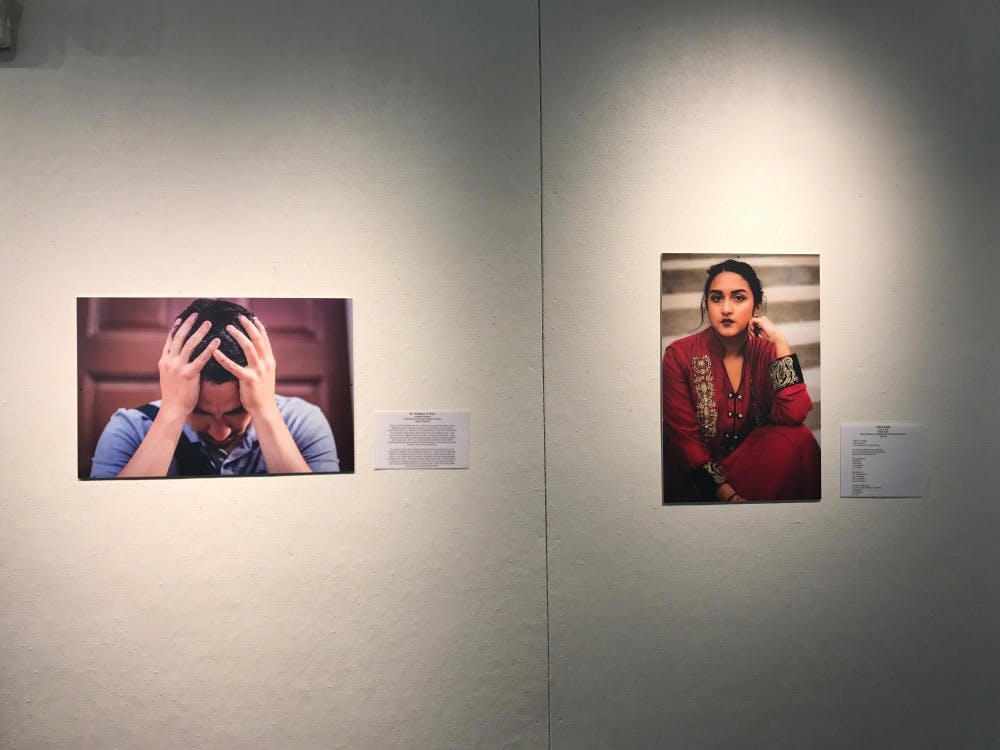Dani Nicholson won Miss UNC in Nov. 2016 and constructed a photo gallery called Discover You(NC) displayed in the Student Union Art Gallery as her service project. Staff writer Maryam Mohamed spoke to Nicholson about the inspiration for her gallery, which was taken down on May 25.
The Daily Tar Heel: What inspired you to do the photo gallery?
Dani Nicholson: I won Miss UNC back in November and my platform was called Discover You(NC). The main purpose behind my platform was to bridge the intersections of marginalized groups on campus while bringing awareness to the diversity here at Carolina. I wanted a space for people to be able to tell their story and let their voices be heard, thus trying to create unity amongst the diversity present on campus. There were a lot of different ideas that I had throughout the campaign process but as the semester progressed, I thought that a photo gallery would be one of the best ways to allow people to express their own stories.
DTH: What was the process behind creating the photo gallery?
DN: Each person had their photograph taken and they had to provide a written portion. The written portion could either be a monologue, a quote that defines a certain experience or even a stigma or stereotype placed on them. Some people decided to write poems, so they were very free with what they were able to do, but I think it all came together very well. It was really amazing how the photographer was able to capture the different emotions and personalities through the photos. I didn’t want to have strict guidelines to this, so I used a very hands-off approach and left it up to the participants, which is what made it successful.
DTH: Why did you choose to include faculty, rather than just students, in the gallery?
DN: Everyone that we come into contact with all have different stories and experiences. The reason that I chose to also include faculty is because I wanted to show that we can’t always understand a person on first glance or first conversation, etc. Talking to professors and getting to know them better allowed me to get to know them more personally. I thought it would be cool to reach out to certain professors that I knew of. I think it was really interesting because a lot of the stories that were told by the faculty and staff are stories that I would have never guessed.
DTH: What did you enjoy the most out of this process? Were there any aspects that you did not enjoy?
DN: I wouldn’t say that there are aspects that I didn’t enjoy, however at first it was a little scary for me to approach the project because some of the subjects were very touchy. So, it was important for me to depict these topics the right way because I didn’t want to offend or make anyone uncomfortable. I think what I enjoyed the most was how open some of these people were to participate. Sometimes, putting yourself out there in a vulnerable state is not the most comfortable. Some people went into extensive stories of their life and experiences, which I think is very courageous and amazing to see.



